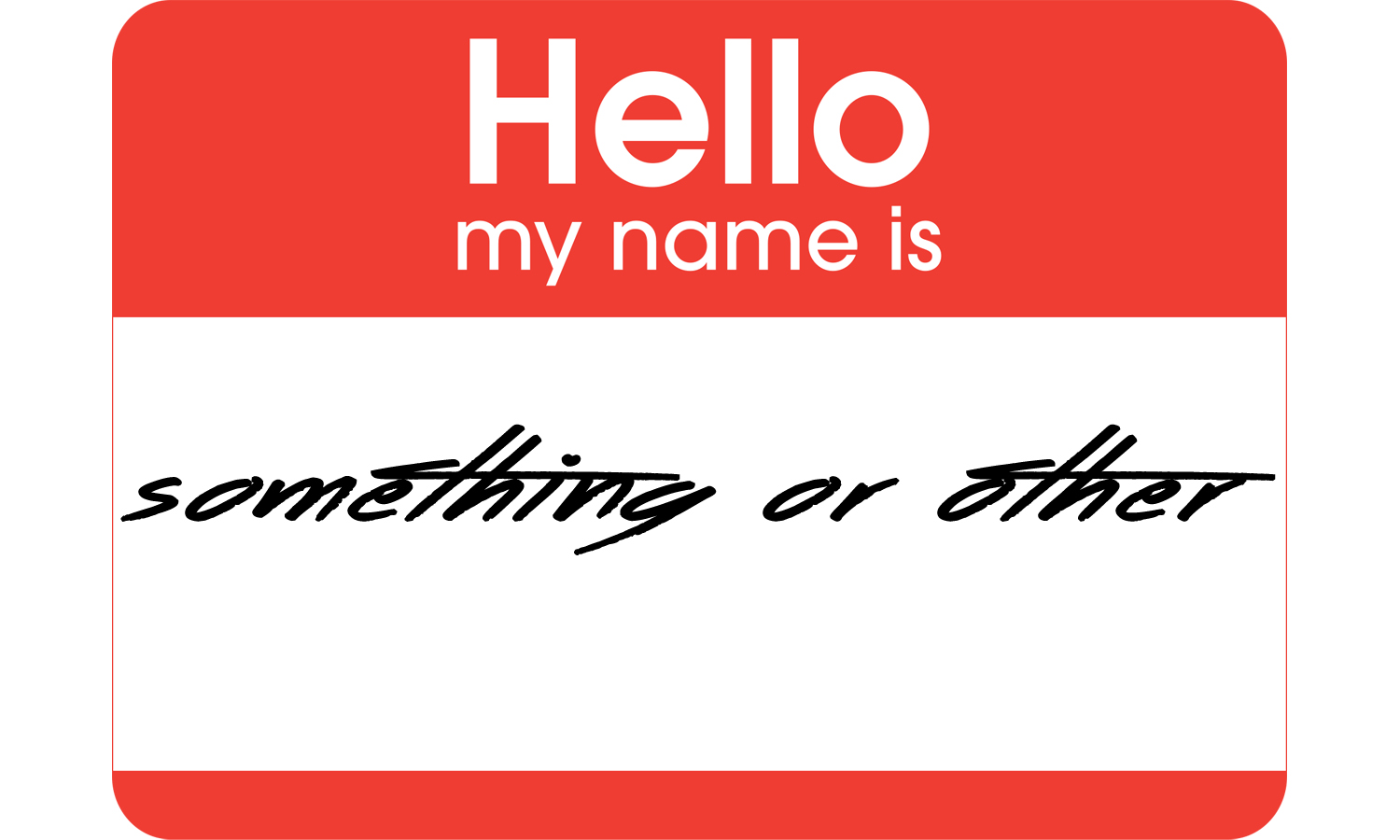
Over the years, a great deal has been made of the image conveyed by installers – and of the way in which they are viewed. But how much influence does terminology have over that perception?
The nature of the merchant supply chain means that there will be at least three “customers” involved in the process; stockist buys from manufacturer; installer buys from stockist; consumer buys from installer as part of a materials and labour package. So far, so straightforward… to a point. Where difficulties arise is in the way that the various elements define each other. To a manufacturer, you may be considered as an end-user – which is fine if the product in question is a power tool, for example, but somewhat incongruous if it’s a boiler or bathroom suite. Equally, your end-user customer may be categorised in various ways, all of which offer subtle distinctions with regard to status.
The ability to baffle doesn’t end there. Even if you operate exclusively in the domestic sector, the work you carry out is commercial in the sense that it is a business enterprise. So you are potentially both a domestic installer and a commercial end-user all at once. This might seem unimportant but there is a risk that it could lead to confusion that results in time (and money) wasted if you arrive to quote for a job that’s outside your remit purely because a potential customer didn’t understand the nuance of language.
On this site alone, you’ll find a smattering of references to “householders”, “homeowners”, “consumers”, “customers” and “end-users”. On the flip side, you’ll no doubt also come across “heating engineers”, “plumbers” and the brilliantly vague but hugely helpful catch-all of “installers”. We know what we mean, of course, and hopefully you do too.
Ultimately, maybe it doesn’t matter how you define yourself (or are defined); it’s how you conduct yourself that makes the difference. There’s no substitute for quality and professionalism, irrespective of how you are labelled.













